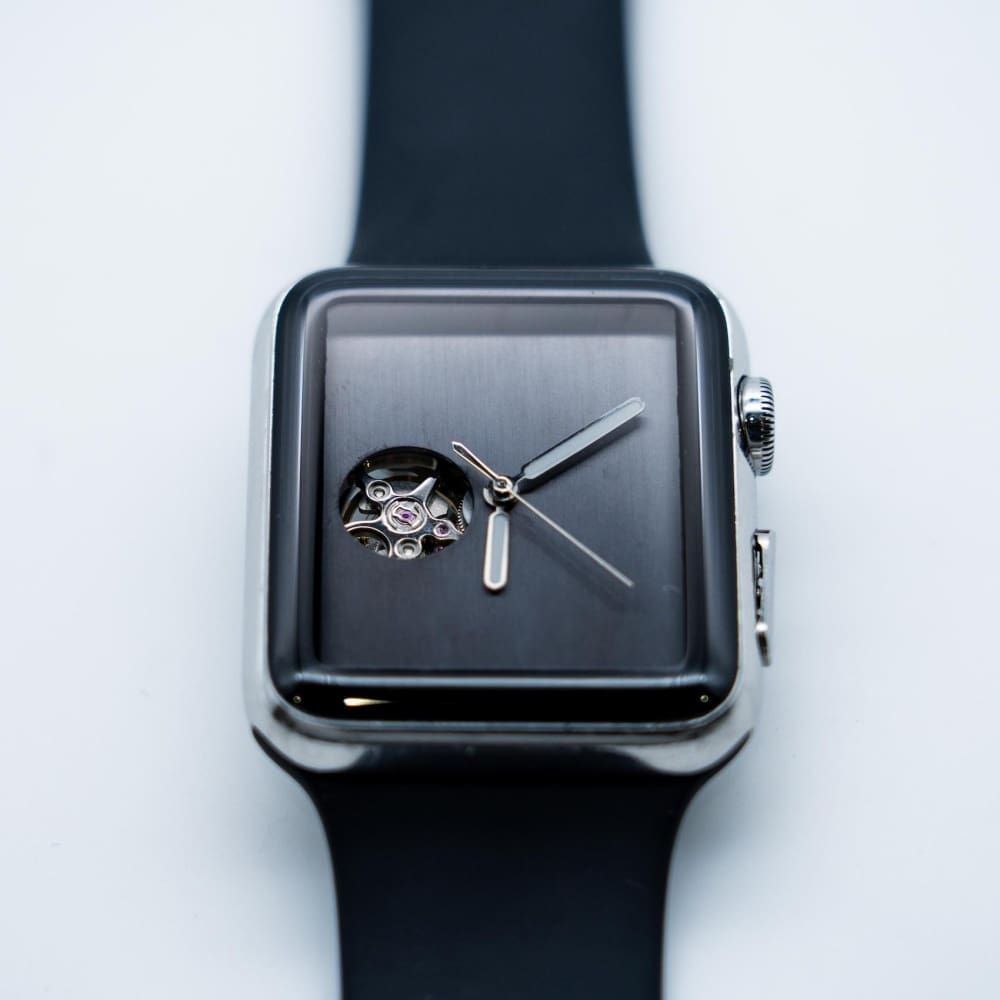Days of future past: How a hacker resurrected a first-gen Apple Watch into a mechanical timepiece
D.C. HannayE-waste. It’s an ever-growing problem, and one without easy solutions. Clearly, innovative thinking is needed, including new methods of manufacturing, recycling, and even upcycling when an electronic product reaches the end of its useful life. And while this example isn’t the answer, it is a showcase for some truly innovative thinking, as well as a fun exercise for the maker, who clearly enjoyed the process.
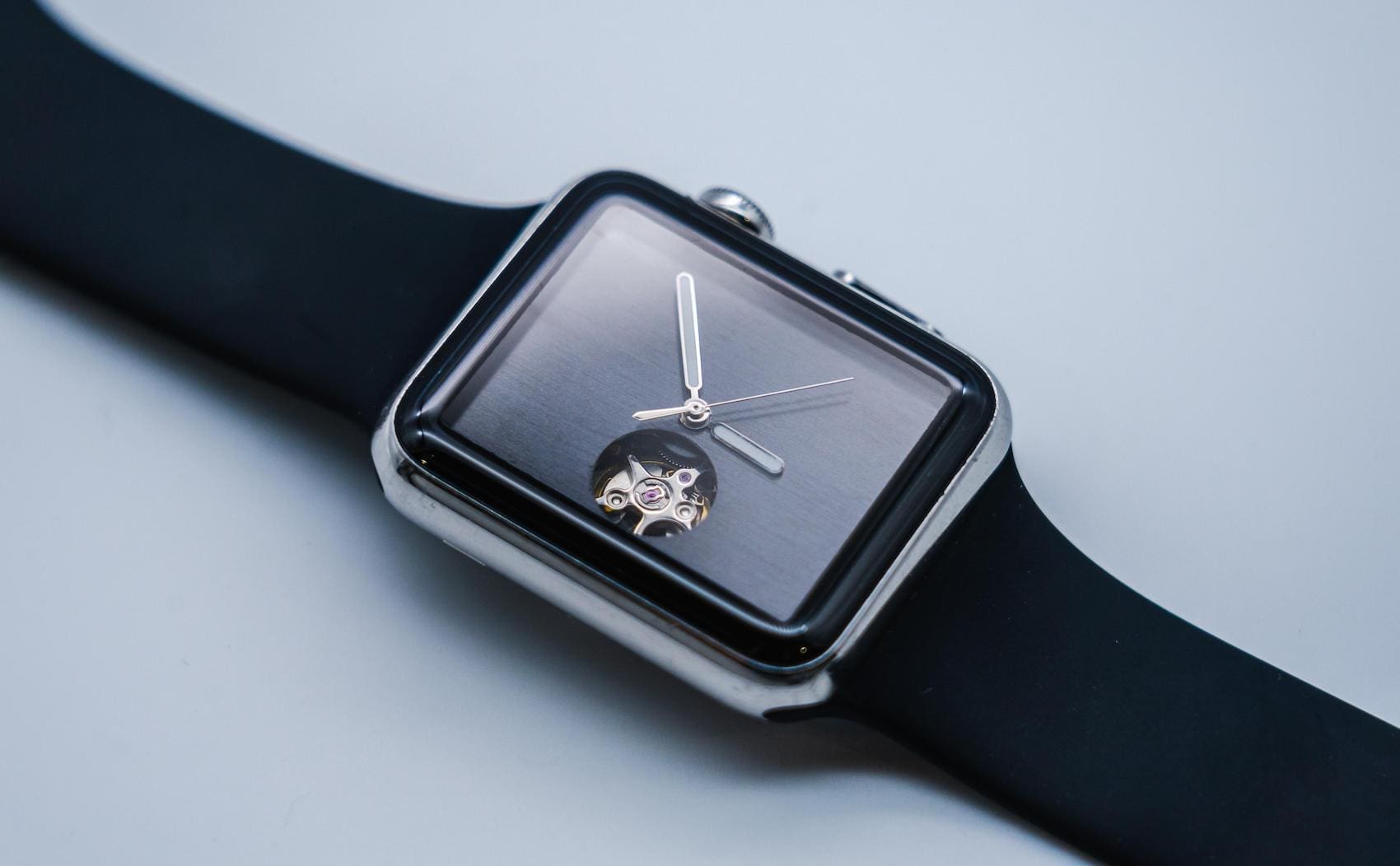
Jack Spiggle, an intrepid Australian DIYer who goes by NanoRobotGeek on the Instructables site, has tackled some really interesting and cool builds in the past. For this project, he bought three dead (or near-dead) Apple Watches on eBay just to see what he could come up with. In the end, he decided to mod one of the higher-end (but still obsolete) stainless-cased models with its included sapphire screen, as it didn’t show nearly the same wear as the base models.
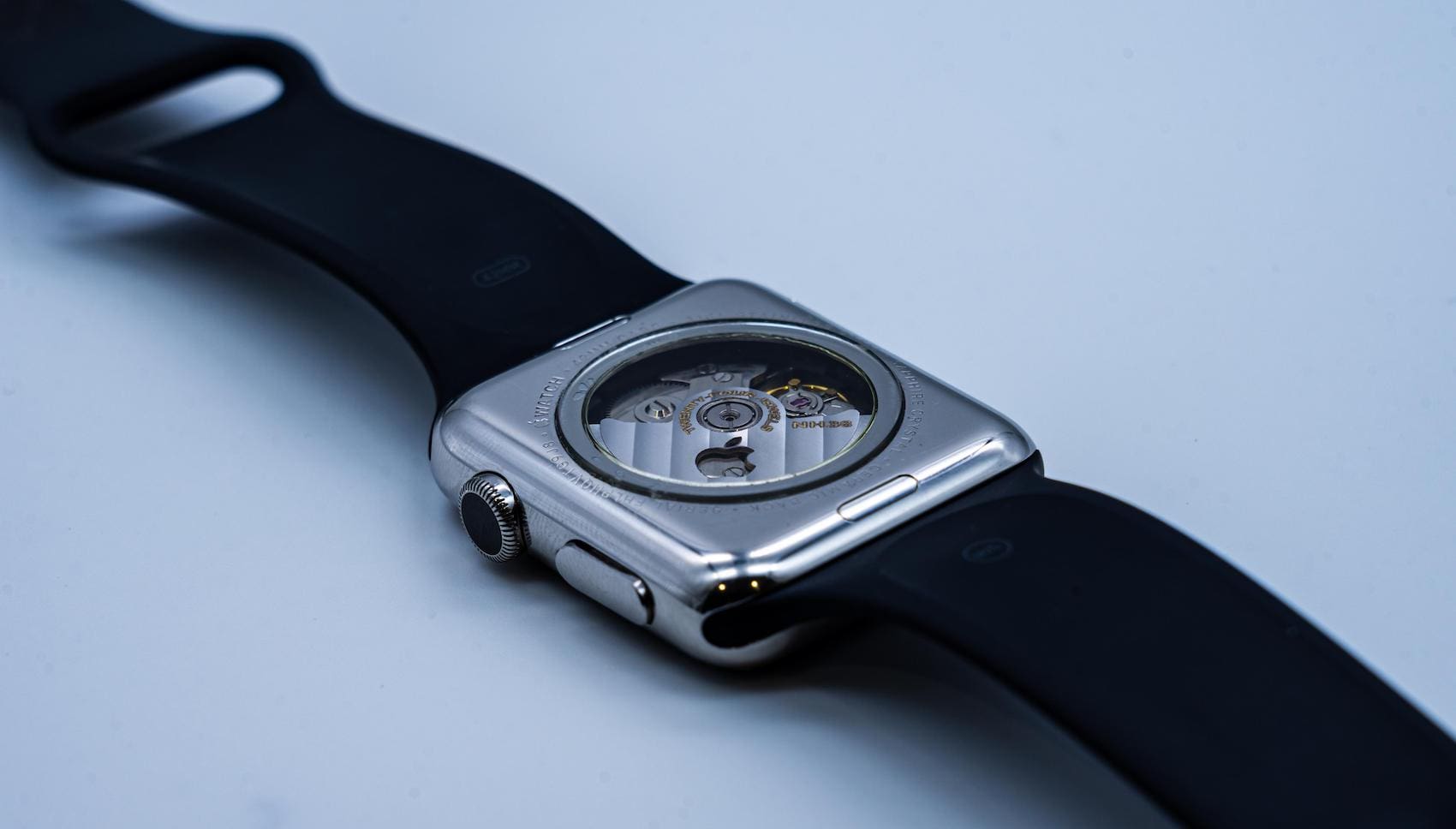
But rather than retrofit an old smartwatch with new electronics, he took a step into the past by deciding to install an automatic mechanical movement into the case, which, as you’ll soon see, was much easier said than done.
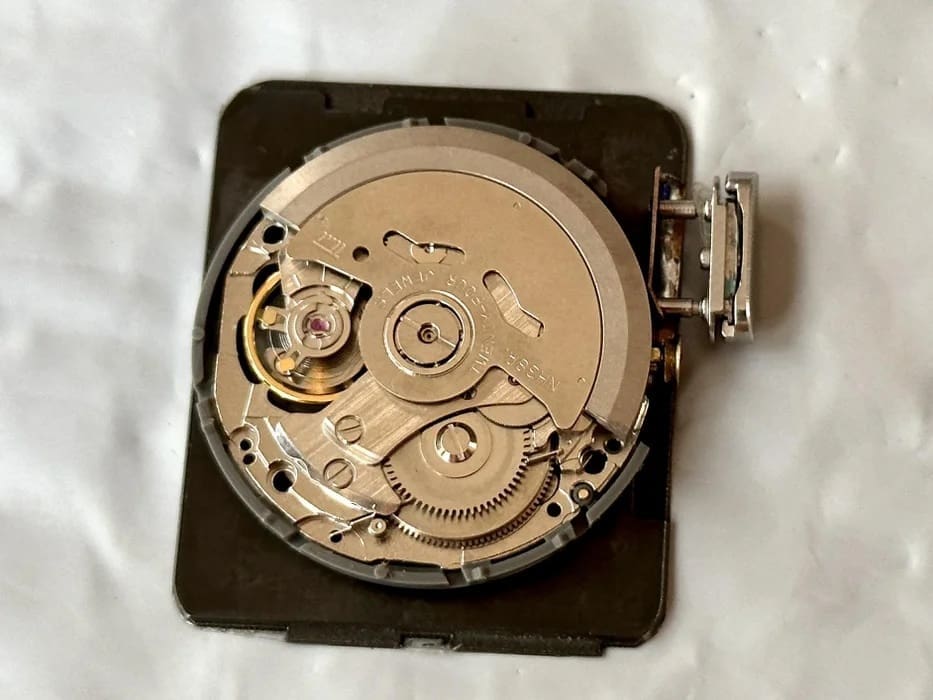
One of the biggest issues facing Spiggle was Apple’s offset crown, which is NBD in an Apple Watch, since it’s basically an electronic switch, but a very real problem for someone trying to connect it to a mechanical movement. His solution: a painstakingly crafted linkage for connecting the crown to the movement (in this case, a Seiko NH38), which, in the understatement of the year, proved to be a real bear. He breaks it all down in his Instructables post, but damn, this guy has a patience that I could never possess, overcoming some heartbreaking failures that would crumble a mortal man’s soul. And because nothing can be easy, he also ended up having to mod the movement in order to be able to pull out the linked crown for time setting.
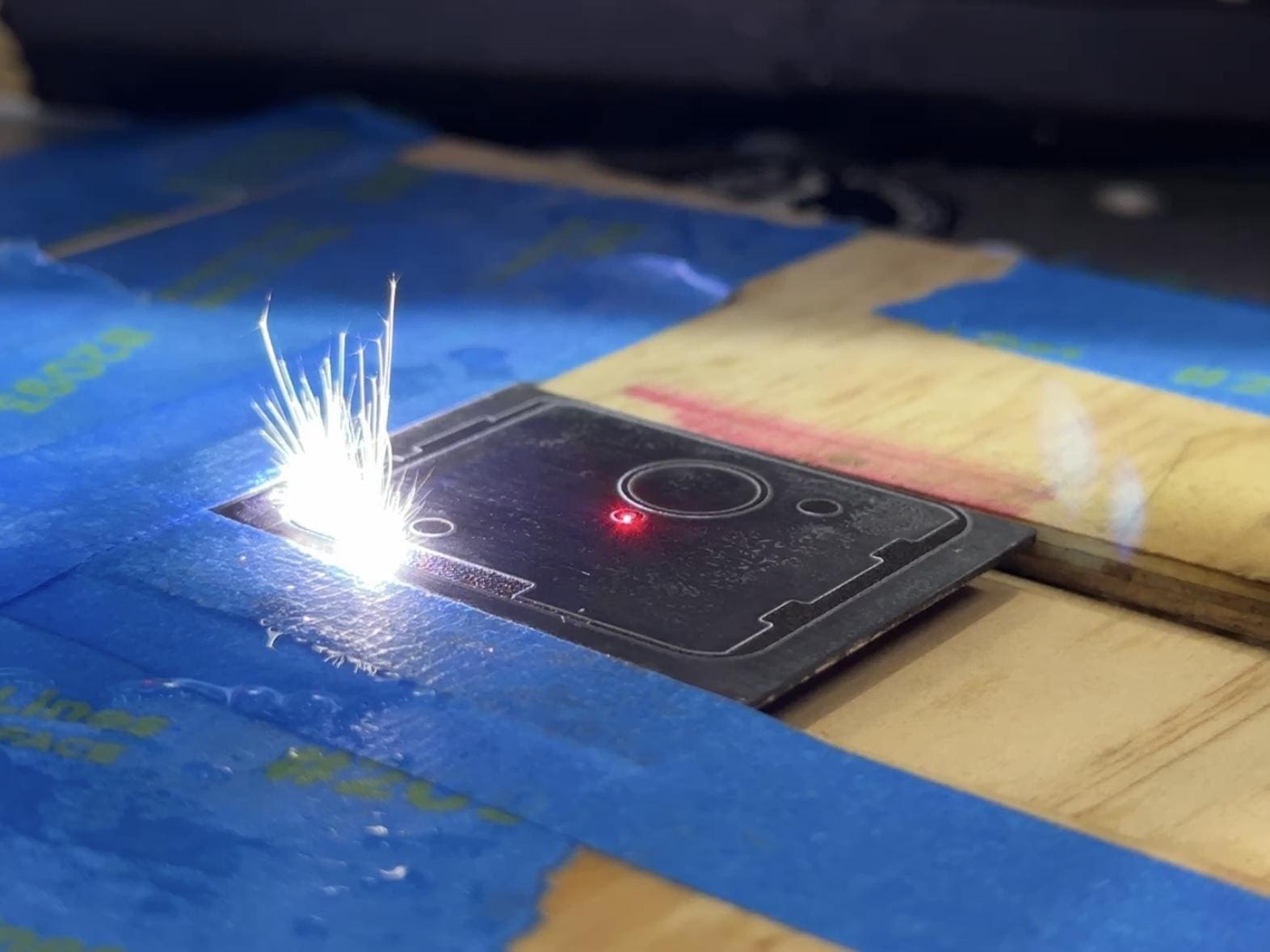
With the functionality sorted, Jack set about creating the parts that fulfilled his aesthetic vision for the watch. He hand-made a satin-finished zirconium dial (also no mean feat) in the proper thickness, cut with a laser and finished with a lovely satin brush. The dial shifts from deep grey to black depending on the light, and also features an open heart to show off the mechanical innards whirring away. Keep in mind, this is someone with no watchmaking training of any kind.
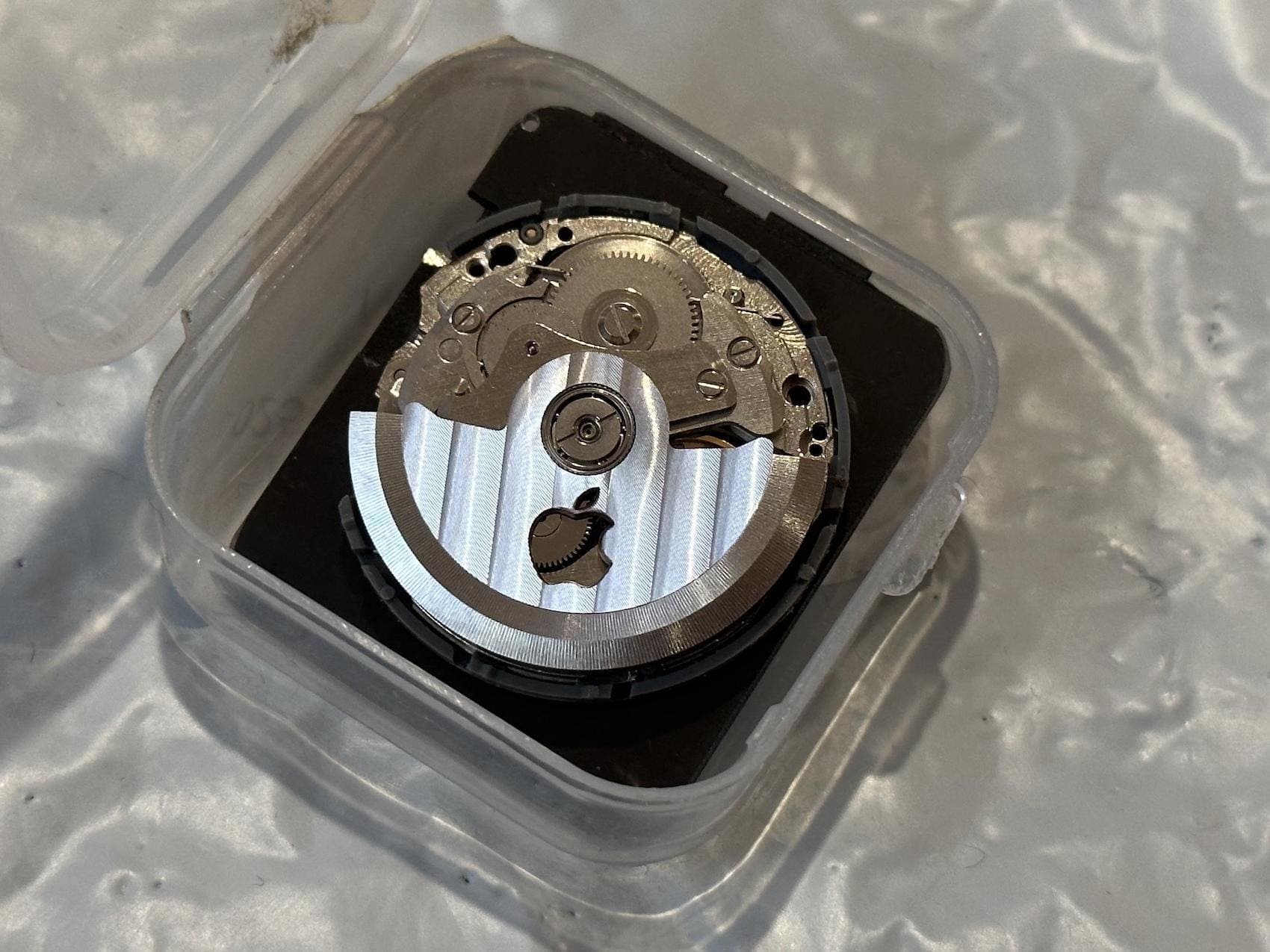
Much trial and error later, Jack’s vision began to take shape, and after a great deal of honing and polishing, his creation turned out to be a real looker. It’s a wonderful study in minimalism, with an unmarked dial, Nautilus-style hands, and even a display caseback showcasing his custom rotor (with a sly, laser-cut Apple logo).
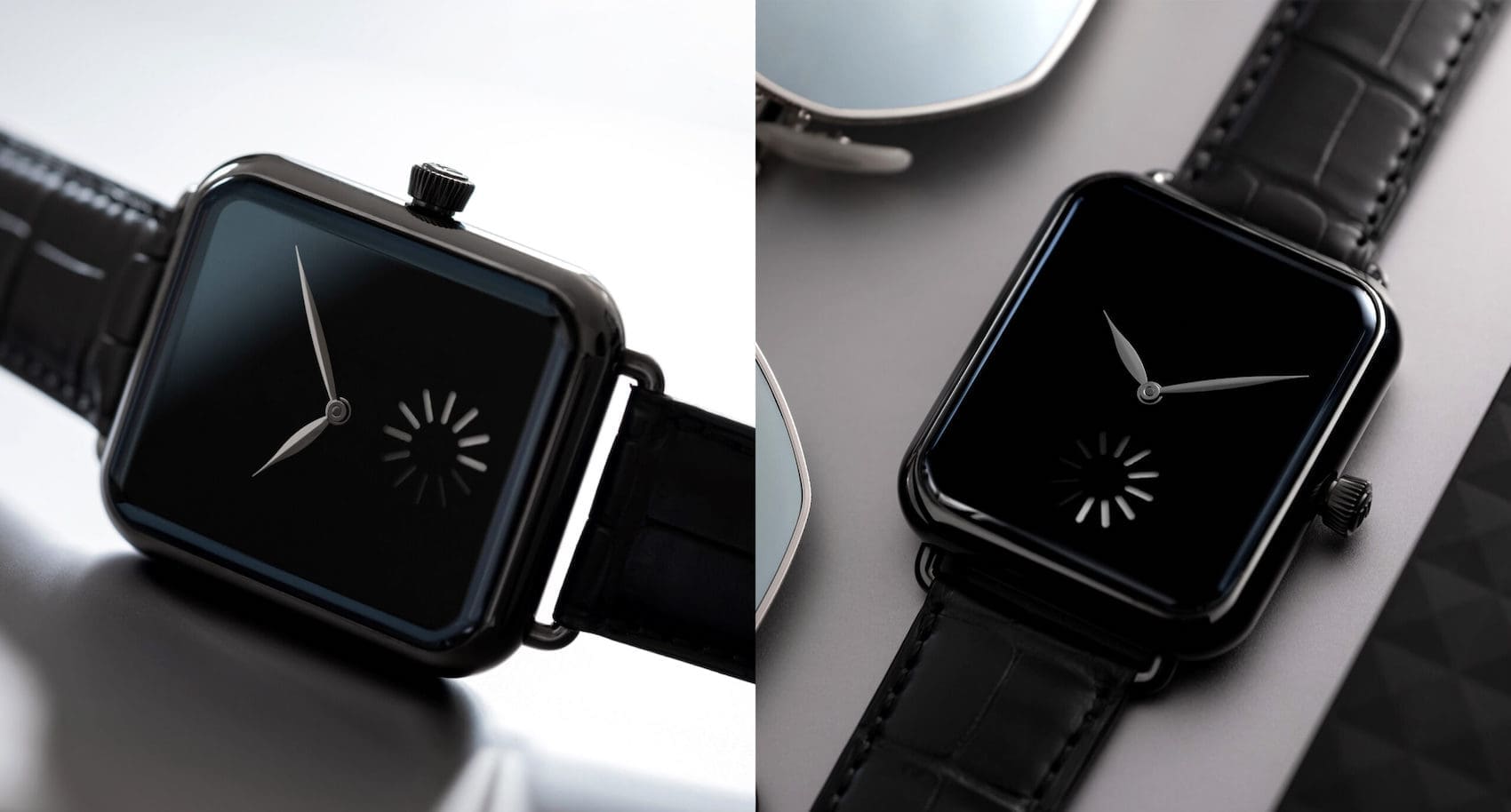
Its pared-down countenance recalls the aesthetic of H. Moser & Cie., who famously skewered Apple with their own sold-out Swiss Alp Watch Final Edition, a $30K mechanical masterpiece of horological craftsmanship that took a swing at the Apple Watch. With its similarly soft rectangular case, Vantablack dial, and endlessly “loading” running seconds display, it’s a hilarious, if pricey joke.
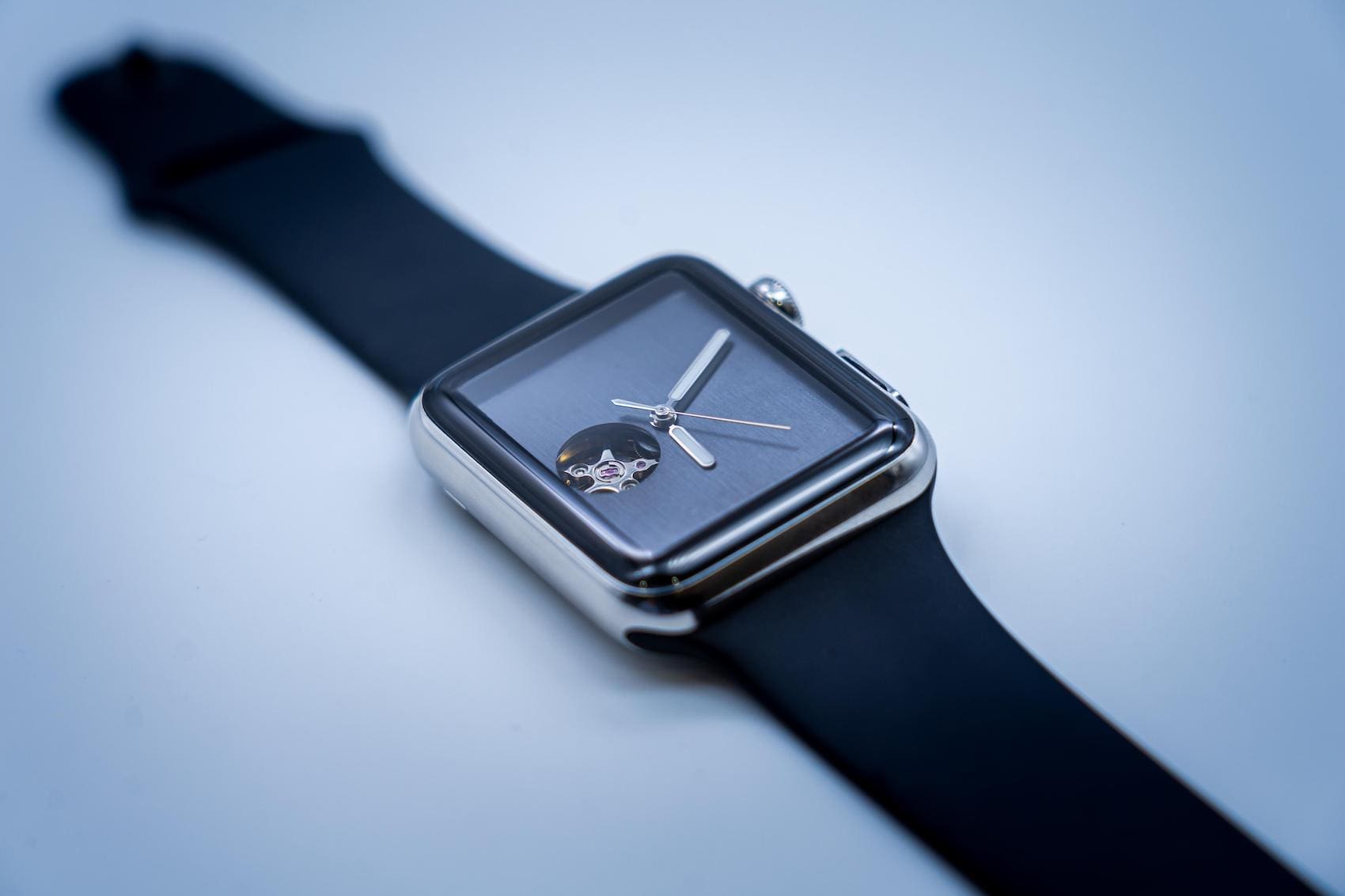
But I think Jack may be having the last laugh. Apart from the considerable sweat equity and sheer ingenuity that went into making his watch, the material cost was less than a new Apple Watch (not including the Apple Care and planned obsolescence), and about US$29,000 and change less than Moser’s. And ironically, his is even more limited. A piece unique, indeed.




